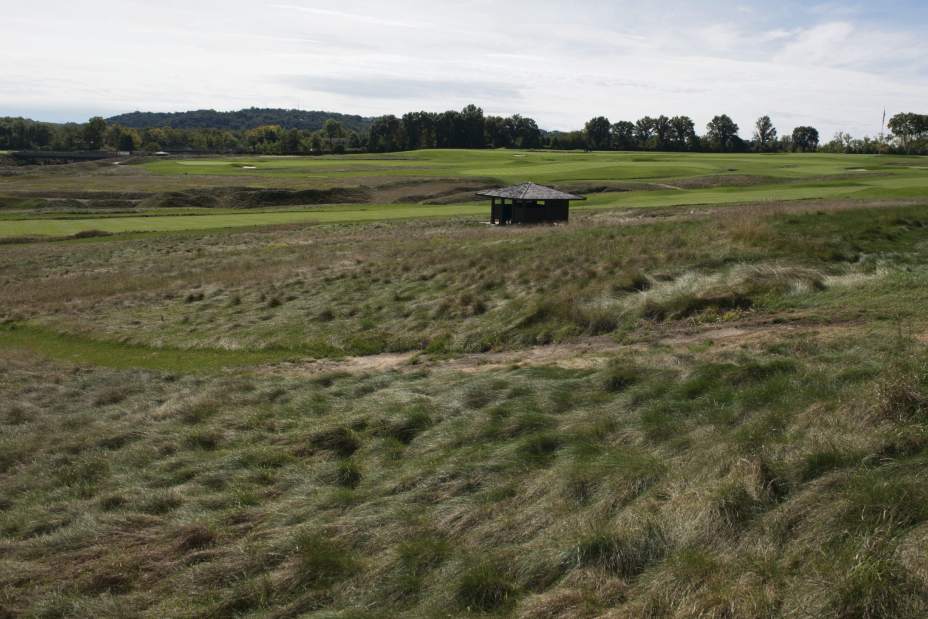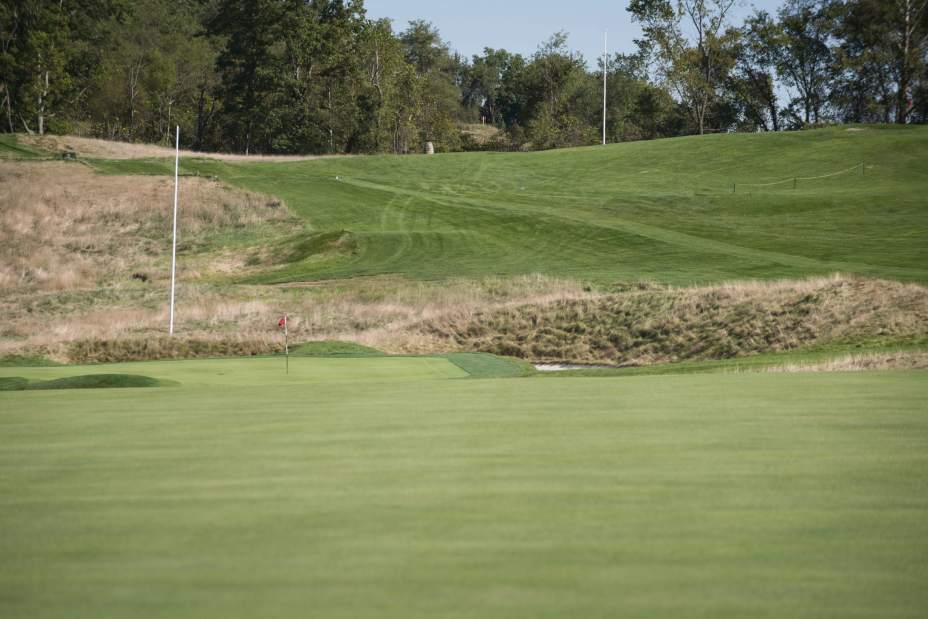Oakmont rough will be unpredictable for golfers
Course setup is perhaps the best kept secret for the U.S. Open.
How fast will the greens be?
How deep will the rough end up?
The recent weather will make grass growing easier when the Open begins with Thursday's first round.
In late April, the rough was about 2 1⁄2 to 3 inches deep. Some are predicting the rough 5 to 6 inches thick.
The United States Golf Association won't say much on how the course will be set up for this year's tournament other than offering this statement through Pete Kowalski, the director of championship communications:
“The USGA can offer ranges of the various heights/widths of cut, but we will be prepared to adjust the heights once we get on site based on conditions ... turf density, moisture levels, weather forecast, etc.
“U.S. Open rough heights will be consistent with what we presented in 2007, although we are striving to have the rough not be quite as uniform/dense so as to provide greater opportunity for recovery versus a pitch out.”
Many golfers, including Phil Mickelson, complained about the rough at Oakmont in 2007.
USGA officials hear it all the time, including as far back as the 1953 U.S. Open at Oakmont.
“If I was a member at Oakmont and I enjoyed that and I accepted it for what it is, I would be so proud of my golf course that they could withstand a national Open and be considered one of the best golf courses in the country, yeah, that would be my pride,'' said Jack Nicklaus, the 1962 champion at Oakmont.
“Is that what you want for a steady diet? It depends on the person. Like I say, it depends on who the guy is or who the gal is. What do they like? Oakmont is a pretty stiff test.''
Henry Fownes and his son William liked the tough test they designed at Oakmont.
When Henry Fownes heard about the complaints, he said, according to USGA Executive Director/CEO Mike Davis, “Let the clumsy, the spineless, and the alibi artists stand aside.”
Davis said Oakmont is a very balanced test.
“This is not an overly long U.S. Open, by U.S. Open standards,” Davis said. “But there's a nice blend between short holes, long holes.
“That 10th green, man, that thing was devious,'' said 1973 U.S. Open champion Johnny Miller. His final round 63 is still the course record. “So was No. 1. What a tough hole that No. 1 is if you miss the fairway.''
“The USGA wants the U.S. Open to be a tough, rigorous test. We want it to be the ultimate test in golf. We believe the national treasure here at Oakmont really will identify that week's greatest golfer, and it certainly is going to.”
Davis said the course setup will pretty much be the same as 2007 except for a few minor changes.
One of the changes is eliminating the rough between the fairway and the bunker, so the balls actually will roll down into the bunkers instead of getting stuck in a very steep hillside.
Kowalski added: “The height of cut for the intermediate rough has been modified (.75 inches for 2016) and the contours of this rough have been slightly altered to open up the fairway bunkers (a few greenside bunkers, too) in an effort to have them be more in play, i.e., enable more balls to roll/bounce into bunkers as opposed to being held out of the bunker by 3-inch rough.”
The contour of the course creates some unusual bounces. Good shots down the middle of the fairways easily can roll to the rough or into a bunker. Players also are faced with different hazards: ditches, crevices and undulating greens and, of course, the 210 bunkers.
Paul Schofield is a Tribune-Review staff writer. Reach him at pschofield@tribweb.com or via Twitter @Schofield_Trib.


